
 |
|
|
#4 |
|
Vikingsword Staff
Join Date: Dec 2004
Location: The Aussie Bush
Posts: 4,609
|
This is an example of Dutch Colonial swords made in western Java, mostly in Tjikeroeh, during the period from about 1890 to 1920. [This style of blade is similar to a Dutch military saber from the same period -- I will post pictures in the next day or so (the clipped point is very similar).]
The broad fuller and foliate engravings are characteristic of this style. Hilts have full length tangs, secured with a threaded nut at the end. Handles tend to be bone or antler with a brass guard and ferrules. Scabbards are plain, with black wood and brass accents at the throat and toe. Here is another, slightly different example: 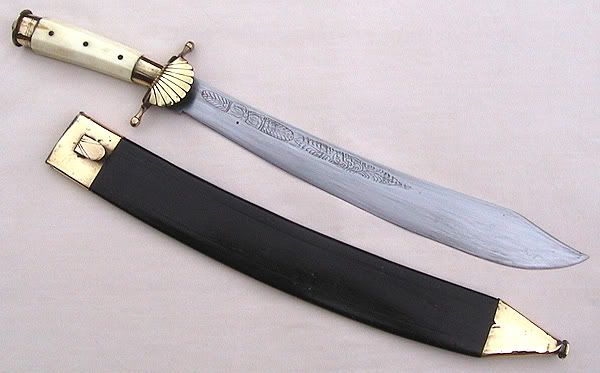 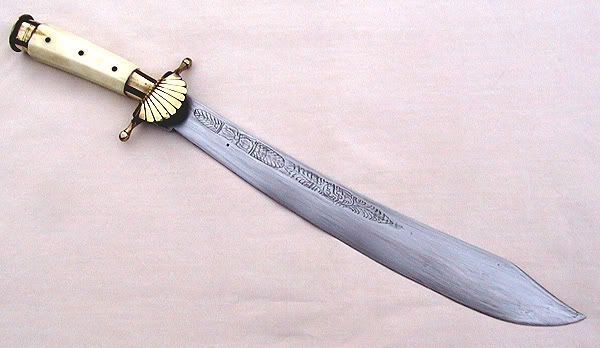 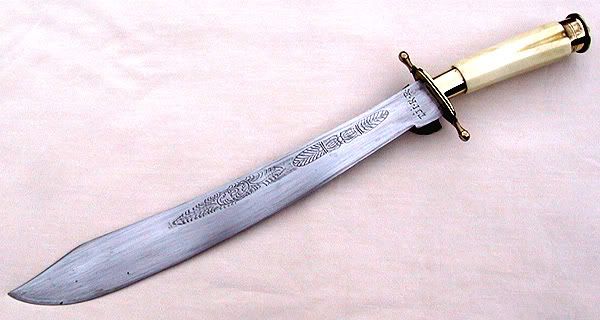 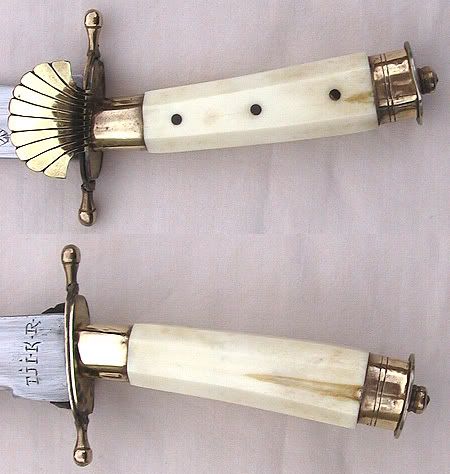  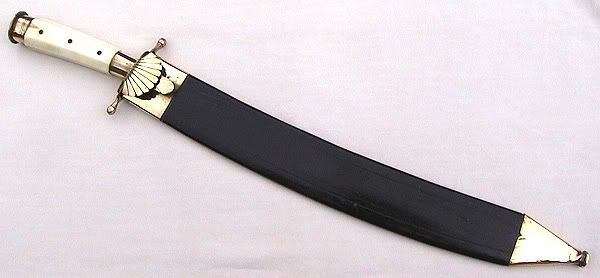 Ian. |
|
|

|
|
|